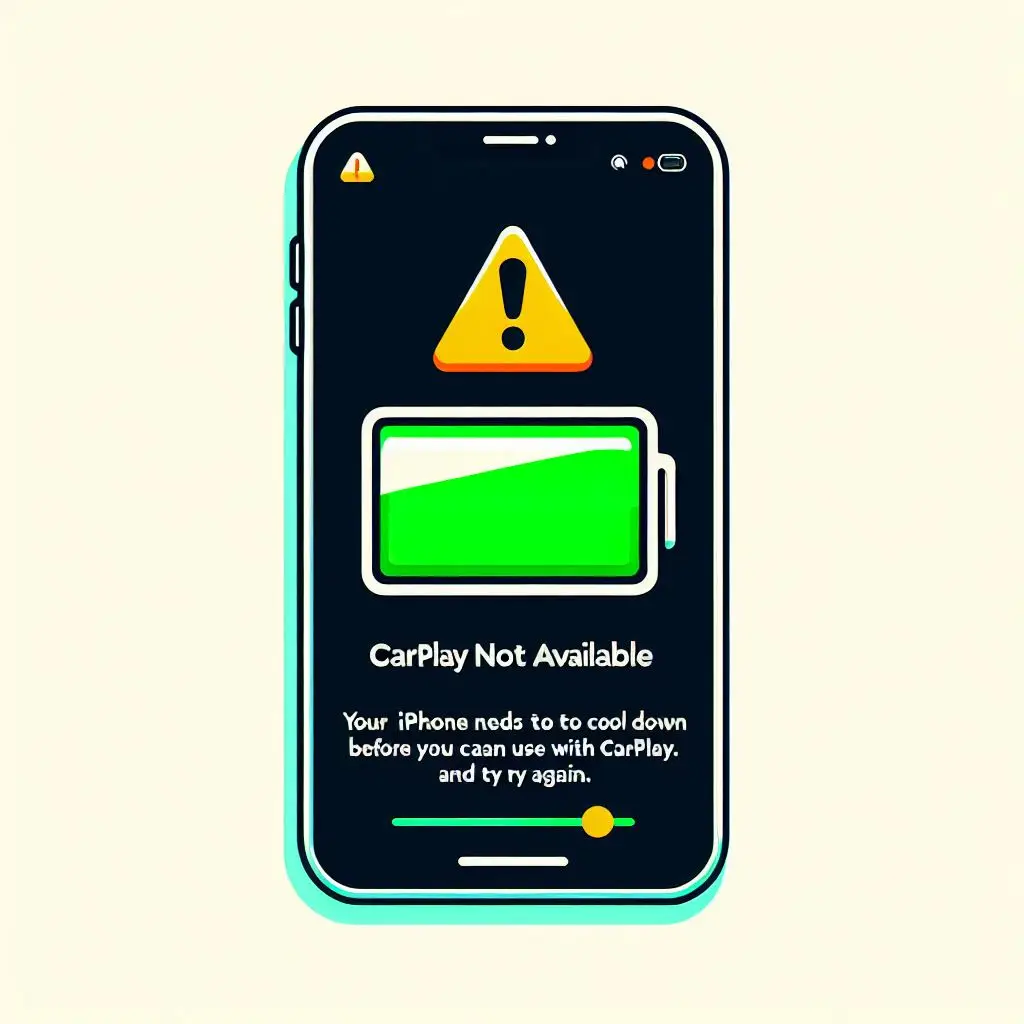Cyber Security Threats On Your Mobile Device
Cyber Security Threats to personal data extend beyond computers. Indeed, mobile devices have become a hot target that hackers can use for gaining access to credit card numbers, passwords, addresses, locations, and other sensitive information.
The popularity of mobile devices, coupled with their relatively lower cyber security standards, has led to a larger number of threats within this space. In 2014, there were 3.5 million reported malware cases on mobile devices. This is why you should be prepared to secure your mobile phones, tablets, and other portable devices from cybersecurity threats.
Here are 5 of the most common cyber security threats you can expect to experience on your mobile devices (and how to avoid them).
1. Leaking Data
Data leaks are perhaps the top security threat faced by mobile devices. Many mobile apps collect personal information and send them to advertisers via unsecured servers. As this data is being used to generate targeted ads, it may be exposed to other entities who may gain unauthorized access.
This is why you should only give apps permissions that are absolutely necessary for functionality.
2. Insecure Mobile Apps

In addition to unsecured data flows, some mobile apps are also insecure from the start. This is particularly the case with apps that aren’t downloaded from the app store or google play. However, even verified apps may have weak spots where malware and [phishing attacks may penetrate.
You can avoid this threat by only using apps that have a proven security record- especially for corporate purposes.
3. Accessing Web Pages Using Unsecured Networks
If you have a limited data plan, free wi-fi can feel like a birthday present. The unfortunate reality is that Public WIFI networks may be exposed to spyware and hacking of your personal data. Many people have had their passwords, social media accounts, and even credit card information compromised across public Wi-Fi. Try to limit free WI-FI networks for general web browsing.
4. Device Loss/Theft
There is also the threat of having your mobile device lost or stolen. Any person who gains unauthorized access to your device may be able to access all the data stored therein. This is particularly risky if corporate data is stored in the lost/stolen device. It’s not uncommon for people to store their passwords in mobile apps for easy access.
If you don’t have a passcode, someone can easily access your emails, documents, text messages, and even account information. You can avert this risk by installing phone location apps and having a passcode/phrase on your device at all times.
5. Spyware
Mobile devices pose unique cybersecurity threats because you can carry them around. Spyware is a common issue that many people face, as spouses, parents, co-workers can install these programs, etc.
Spyware can be used to track your movement, websites visited, calls made, and much more without you even realizing it. These apps often remain hidden without showing any clear icons on your phone’s menu. Make sure you install antimalware applications that can detect spyware apps.
Knowing the potential sources for cybersecurity threats in mobile devices is one step towards ensuring you keep your devices safe. Don’t allow permissions for apps that need less than the common security standards. You should download apps from reputable sites and only connect to secure Wi-Fi connections. Always remember, being proactive about the security of your mobile devices will go a long way in reducing the risks you face.
Category: Games









